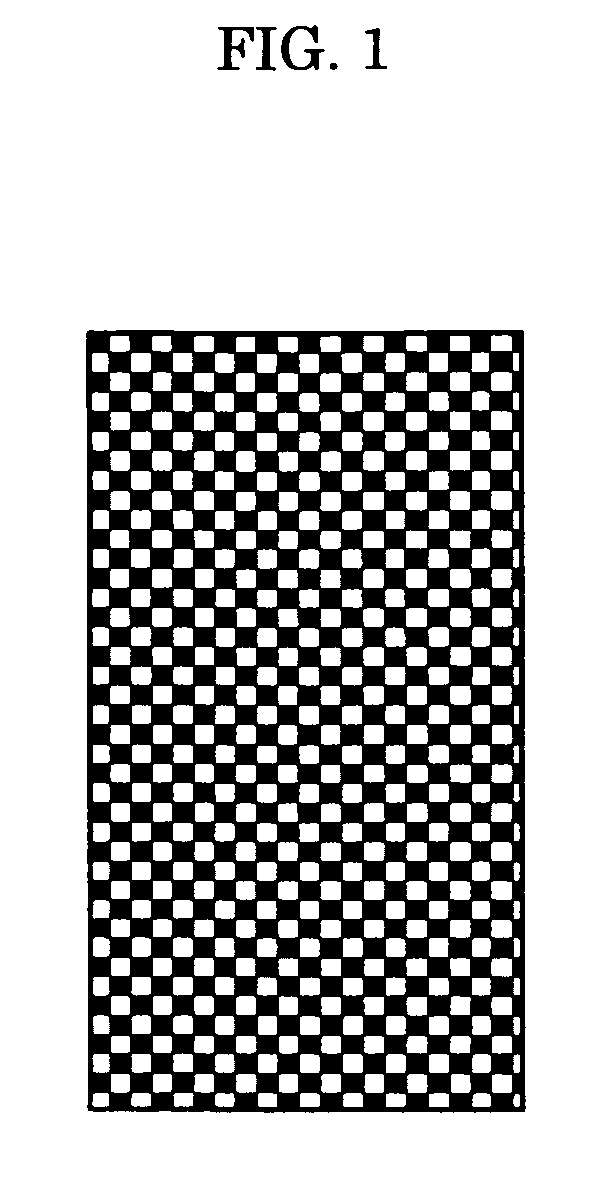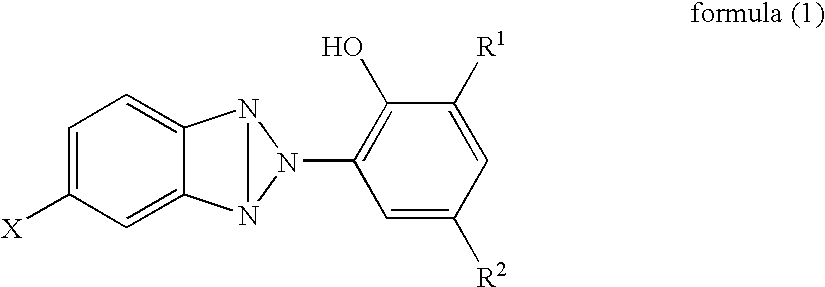Heat-sensitive adhesive material
a technology of adhesive materials and heat-sensitive adhesives, applied in the direction of heat-activated film/foil adhesives, film/foil adhesives, etc., can solve the problems of insufficient pressure-sensitive adhesive strength with respect to rough adherends, the pressure-sensitive adhesive strength is reduced, and the proposal suffers from insufficient pressure-sensitive adhesive strength. , the effect of enhancing the blocking resistan
- Summary
- Abstract
- Description
- Claims
- Application Information
AI Technical Summary
Benefits of technology
Problems solved by technology
Method used
Image
Examples
preparation example 1-1
Preparation of Underlayer Coating Liquid [A-1 Liquid]
[0156] A mixture containing 4.6 parts of amorphous silica (Nipjell AZ-200, solid content: 97%, volume average particle diameter: 2.5 μm, oil absorption: 320 ml / 100 g, by Japan Silica Industries Co.), 24.4 parts of 2-ethylhexylacrylate-methylmethacrylate-styrene copolymer (Tg: −65° C., solid content: 55.4%, by Showa Highpolymer Co.), 0.1 part of surfactant (Dapro W-77, by Elementis Japan KK), and 70.9 parts of water was stirred and dispersed to prepare an underlayer coating liquid [A-1 liquid].
preparation example 1-2
Preparation of Underlayer Coating Liquid [A-2 Liquid]
[0157] A mixture containing 14.6 parts of plastic spherical hollow particles (1) (acrylonitrile-vinylidene chloride-methylmethacrylate copolymer, solid content: 41%, volume average particle diameter: 3.6 μm, hollow ratio: 90%), 21.7 parts of 2-ethylhexylacrylate-methylmethacrylate-styrene copolymer (Tg: −65° C., solid content: 55.4%, by Showa Highpolymer Co.), 0.1 part of surfactant (Dapro W-77, by Elementis Japan KK), and 63.6 parts of water was stirred and dispersed to prepare an underlayer coating liquid [A-2 liquid].
preparation example 1-3
Preparation of Underlayer Coating Liquid [A-3 Liquid]
[0158] A mixture containing 18.2 parts of plastic spherical hollow particles (2) (acrylonitrile-methacrylonitrile-isobonylmethacrylate copolymer, solid content: 33%, volume average particle diameter: 3.0 μm, hollow ratio: 91%), 24.0 parts of n-butylacrylate-methylacrylate-styrene copolymer (Tg: −62° C., solid content: 50%, by JSR Co.), 0.1 part of surfactant (Dapro W-77, by Elementis Japan KK), and 57.7 parts of water was stirred and dispersed to prepare an underlayer coating liquid [A-3 liquid].
PUM
| Property | Measurement | Unit |
|---|---|---|
| glass transition temperature | aaaaa | aaaaa |
| glass transition temperature | aaaaa | aaaaa |
| volume average particle diameter | aaaaa | aaaaa |
Abstract
Description
Claims
Application Information
 Login to View More
Login to View More - R&D
- Intellectual Property
- Life Sciences
- Materials
- Tech Scout
- Unparalleled Data Quality
- Higher Quality Content
- 60% Fewer Hallucinations
Browse by: Latest US Patents, China's latest patents, Technical Efficacy Thesaurus, Application Domain, Technology Topic, Popular Technical Reports.
© 2025 PatSnap. All rights reserved.Legal|Privacy policy|Modern Slavery Act Transparency Statement|Sitemap|About US| Contact US: help@patsnap.com



